Common Name: Denison Barb (also known as the Red Line Torpedo Barb or Roseline Shark)
Scientific Name: Sahyadria denisonii
Genus: Sahyadria
Wild Origin: Fast-flowing rivers and streams of the Western Ghats, India
The Denison Barb is a striking freshwater fish known for its sleek, torpedo-shaped body and vivid coloration. It features a bold red stripe running from its nose through its eye, with a contrasting black stripe extending from mid-body to the tail, and often has hints of yellow near its tail fin. This vibrant appearance makes the Denison Barb a standout in any aquarium. These fish can grow up to 5-6 inches (12-15 cm) in length and are known for their active, schooling behavior, making them an excellent choice for larger, well-established community tanks.
Habitat and Tank Requirements:
In the wild, Denison Barbs inhabit fast-flowing, clear streams with plenty of oxygen. To replicate these conditions in a home aquarium, it is important to provide ample swimming space and maintain clean, well-oxygenated water.
Tank Size and Water Parameters:
| PARAMETER | RECOMMENDED |
|---|---|
| Tank Size | Minimum 250 litres |
| Temperature | 72-77°F (22-25°C) |
| pH | 6.5-7.5 |
| Hardness | Soft to moderately hard water, 5-12 dGH |
Denison Barbs require a spacious tank due to their active nature and their preference for swimming in groups. A strong filtration system is essential to keep the water clean and oxygen-rich, replicating the fast-flowing waters of their natural habitat. A tank decorated with smooth rocks, driftwood, and plants, with open areas for swimming, is ideal.
We Recommend:
These carefully selected options provide a well-balanced nutritional profile, ensuring that your fish receive the essential nutrients they need for optimal growth, vibrant colors, and overall health. By offering a variety of these high-quality foods, you can help maintain the vitality and well-being of your fish, promoting a healthy and thriving aquarium environment.
Behavior and Compatibility:
Denison Barbs are active, schooling fish that should be kept in groups of at least 6 or more to reduce stress and promote natural behavior. They are generally peaceful and make good companions for other similarly-sized, non-aggressive fish such as tetras, rainbowfish, and peaceful barbs. Due to their size and activity level, they should not be housed with very small or delicate species, as their fast movements could stress smaller fish.

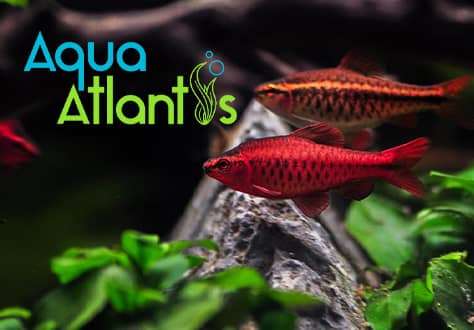









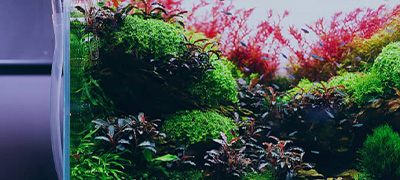




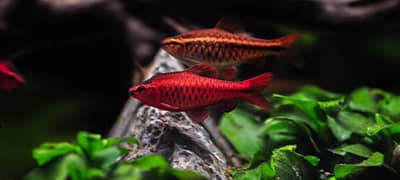
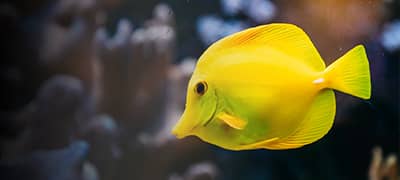
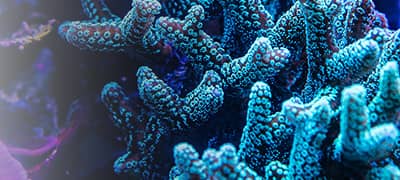
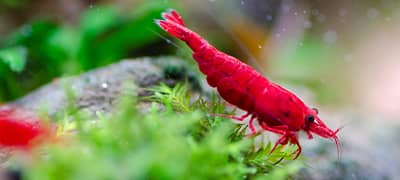









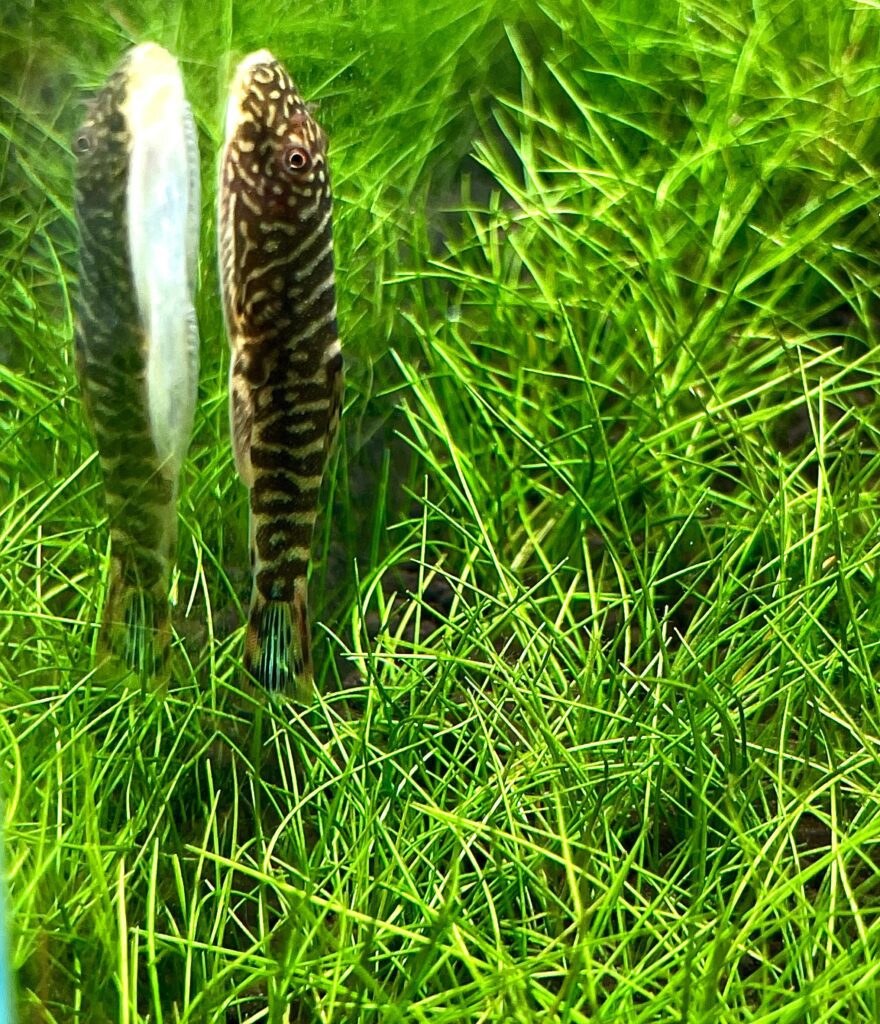
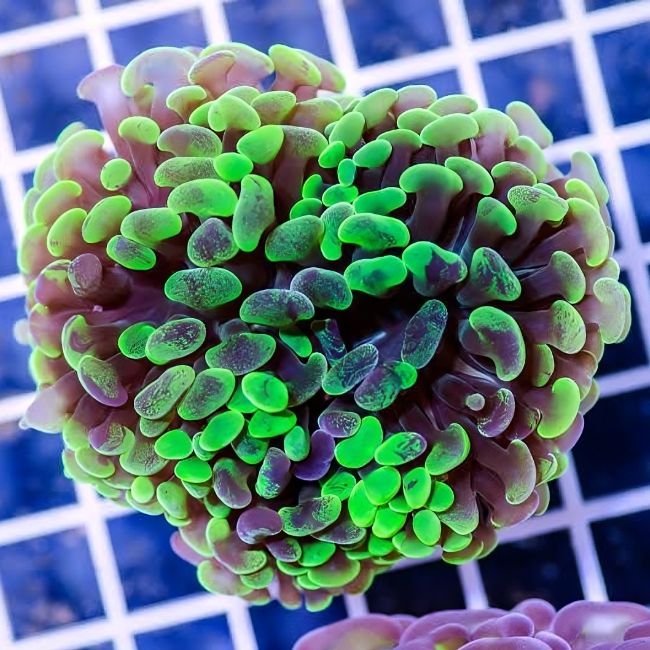






Reviews
Clear filtersThere are no reviews yet.